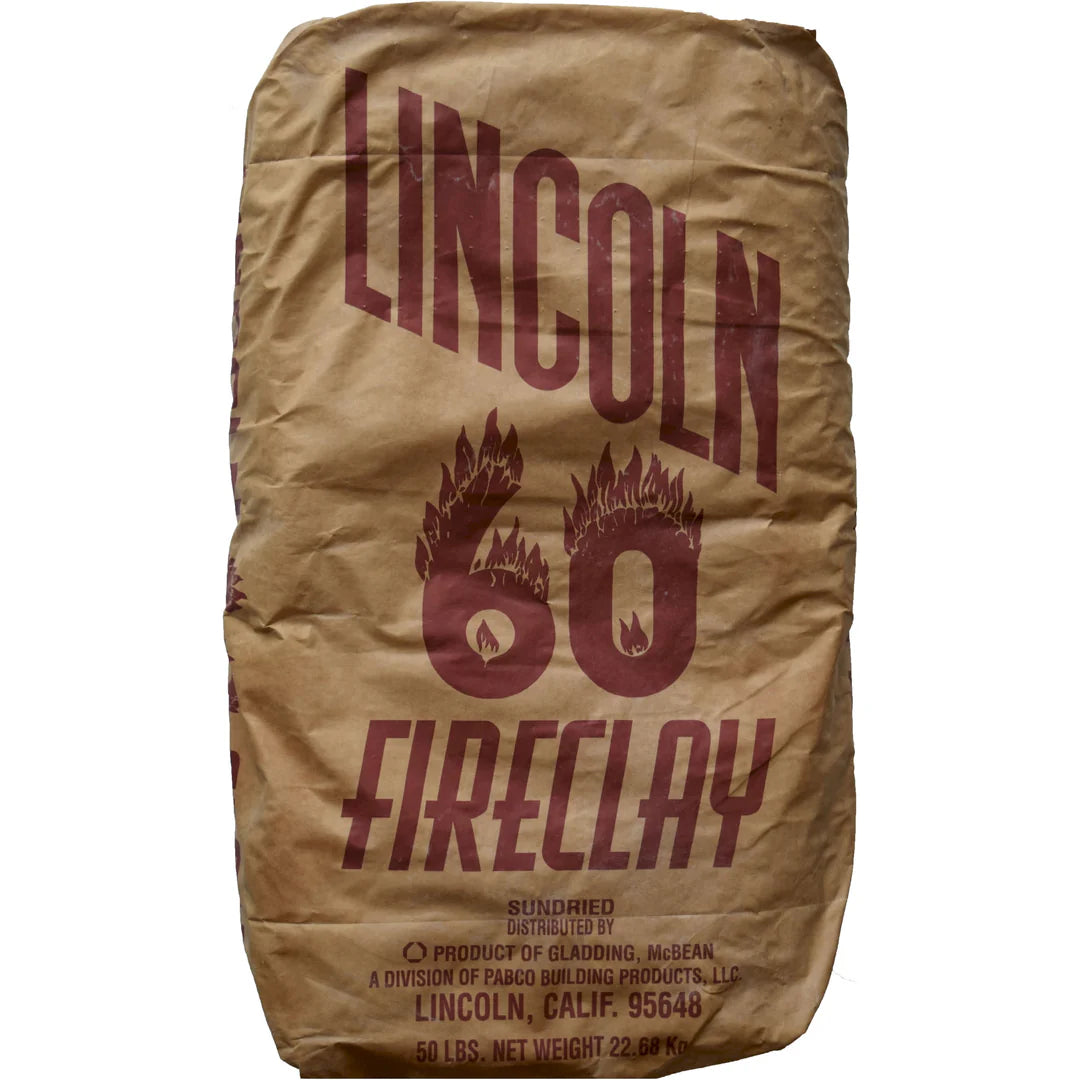1
/
of
1
Laguna
Lincoln 60 Fireclay 50lb
Lincoln 60 Fireclay 50lb
Regular price
$32.99 USD
Regular price
Sale price
$32.99 USD
Unit price
/
per
Shipping calculated at checkout.
9 in stock
Couldn't load pickup availability
Lincoln 60 is a fine mesh fireclay that is used for strength and to counteract shrinkage and warping.
- Enhanced stability: Used to reinforce ceramic structures and prevent deformation during firing and thermal changes.
- Counteracts: used to counteract shrinkage and warping.


